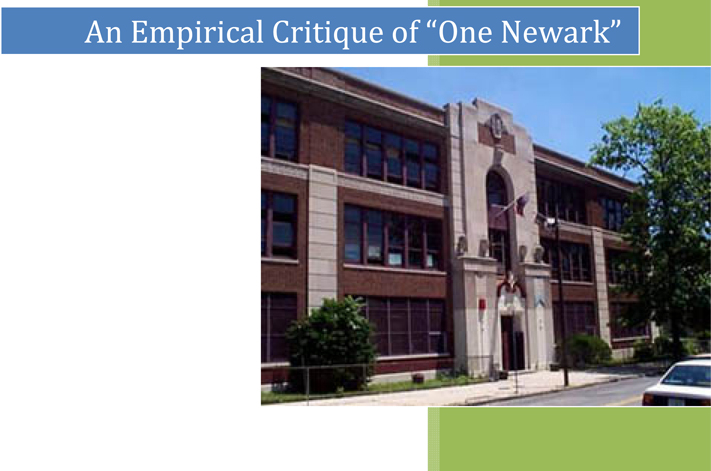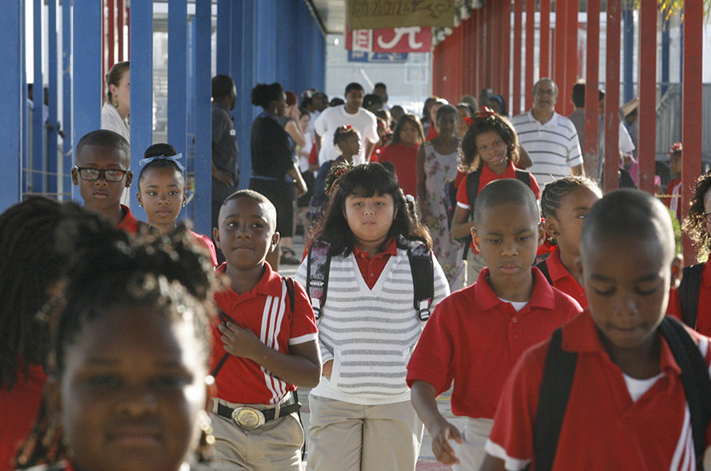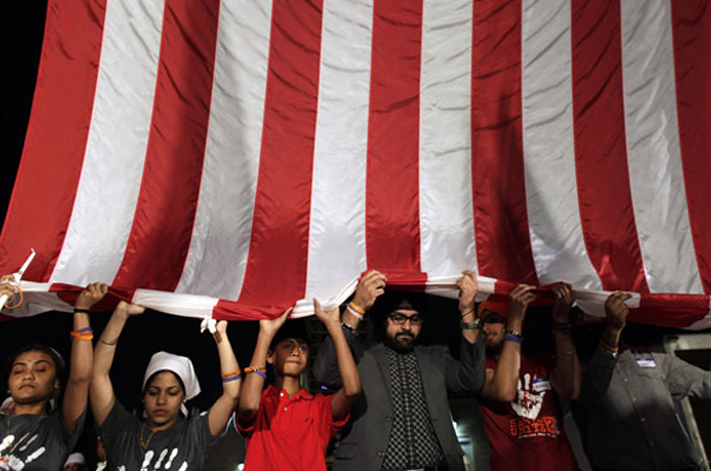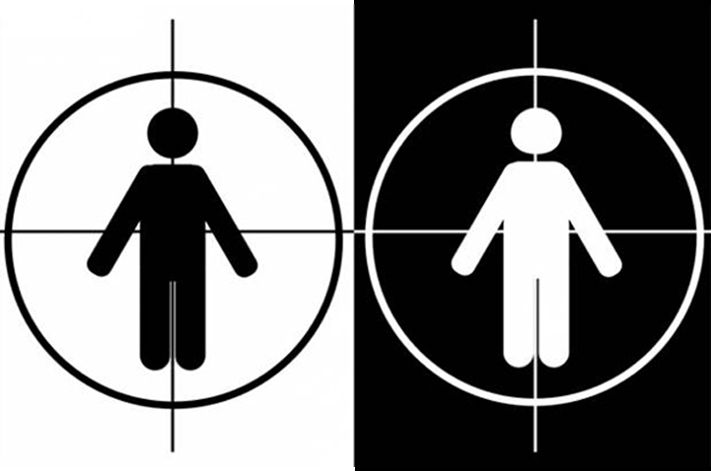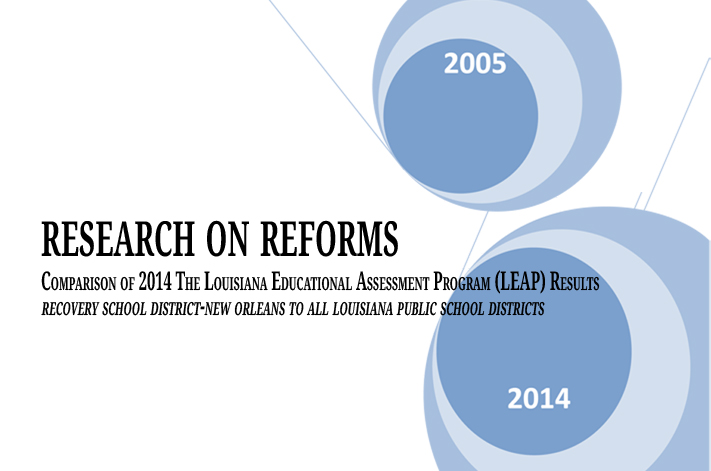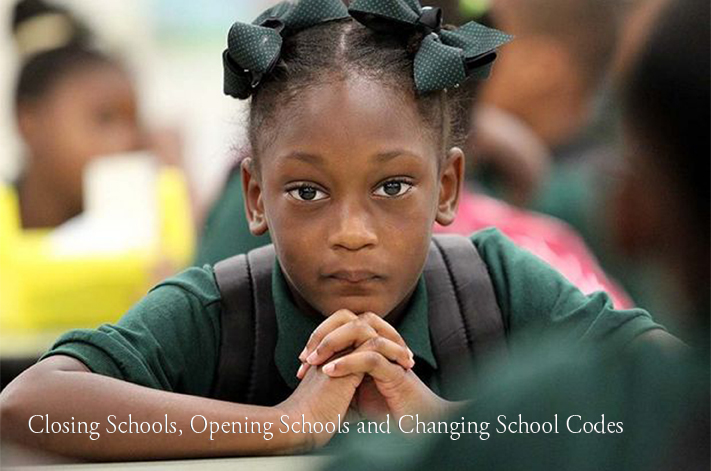Project Description
Our new report, originally published on January 24, 2014, is too long to post in its entirety in blog form. The report can be downloaded here: Weber.Baker_OneNewark_Jan24_2014 Below is the executive summary of the report:
Executive Summary
- Has NPS identified the schools that are the least effective in the system? Or has the district instead identified schools that serve more at-risk students, which would explain their lower performance on state tests?
- Do the interventions planned under One Newark — forcing staff to reapply for jobs, turning over schools to charter operators, closure – make sense, given state performance data on NPS schools and Newark’s charter schools?
- Is underutilization a justification for closing and divesting NPS school properties?
- Are the One Newark sanctions, which may abrogate the rights of students, parents, and staff, applied without racial or socio-economic status bias?
- Measures of academic performance are not significant predictors of the classifications assigned to NPS schools by the district, when controlling for student population characteristics.
- Schools assigned the consequential classifications have substantively and statistically significantly greater shares of low income and black students.
- Further, facilities utilization is also not a predictor of assigned classifications, though utilization rates are somewhat lower for those schools slated for charter takeover.
- Proposed charter takeovers cannot be justified on the assumption that charters will yield better outcomes with those same children. This is because the charters in question do not currently serve similar children. Rather they serve less needy children and when adjusting school aggregate performance measures for the children they serve, they achieve no better current outcomes on average than the schools they are slated to take over.
- Schools slated for charter takeover or closure specifically serve higher shares of black children than do schools facing no consequential classification. Schools classified under “renew” status serve higher shares of low-income children.
These findings raise serious concerns at two levels. First, these findings raise questions about the district’s own purported methodology for classifying schools. Our analyses suggest the district’s own classifications are arbitrary and capricious, yielding racially and economically disparate effects. Second, the choice, based on arbitrary and capricious classification, to subject disproportionate shares of low income and minority children to substantial disruption to their schooling, shifting many to schools under private governance, may substantially alter the rights of these children, their parents and local taxpayers.
Conclusions
One Newark is a program that appears to place sanctions on schools – including closure, charter takeover, and “renewal” – on the basis of student test outcomes, without regard for student background. The schools under sanction may have lower proficiency rates, but they also serve more challenging student populations: students in economic disadvantage, students with special educational needs, and students who are Limited English Proficient.
There is a statistically significant difference in the student populations of schools that face One Newark sanctions and those that do not. “Renew” schools serve more free lunch-eligible students, which undoubtedly affects their proficiency rates. Schools slated for charter takeover and closure serve larger proportions of students who are black; those students and their families may have their rights abrogated if they choose to stay at a school that will now be run by a private entity.
There is a clear correlation between student characteristics and proficiency rates on state tests. When we control for student characteristics, we find that many of the schools slated for sanction under One Newark actually have higher proficiency rates than we would predict. Further, the Newark charter schools that may take over those NPS schools perform worse than prediction.
There is, therefore, no empirical justification for assuming that charter takeovers will work when, after adjusting for student populations, schools to be taken over actually outperform the charters assigned to take them over. Further, these charters have no track record of actually serving populations like those attending the schools identified for takeover.
Our analysis calls into question NPS’s methodology for classifying schools under One Newark. Without statistical justification that takes into account student characteristics, the school classifications appear to be arbitrary and capricious.
Further, our analyses herein find that the assumption that charter takeover can solve the ills of certain district schools is specious at best. The charters in question, including TEAM academy, have never served populations like those in schools slated for takeover and have not produced superior current outcome levels relative to the populations they actually serve.
Finally, as with other similar proposals sweeping the nation arguing to shift larger and larger shares of low income and minority children into schools under private and quasi-private governance, we have significant concerns regarding the protections of the rights of the children and taxpayers in these communities.
